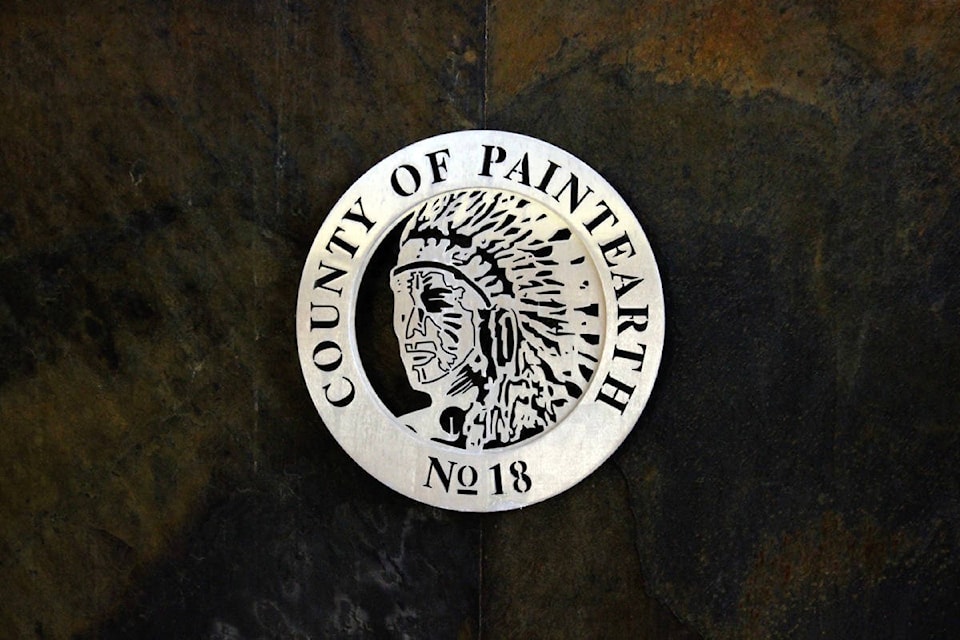By Kevin J. Sabo
For the Advance
The County of Paintearth has declared a state of agricultural disaster.
Due to the hot, dry, summer the region has seen so far, drought conditions have emerged, impacting the agricultural sector heavily.
“The (agricultural) sector is taking a huge hit,” said County of Paintearth Reeve Stan Schulmeister.
“We want, as much as anything, we just want people to realize that this is a big deal. It’s going to have far-reaching effects.”
While the declaration does not have any immediate financial impact for the County, or its ratepayers, the declaration does add the County of Paintearth to the growing number of counties in Alberta that have declared the same, hopefully catching the attention of the provincial and federal governments that help is needed.
“We just want recognition that there is a problem,” said Schulmeister.
“Maybe the province can look at these areas, and say something has to be done, something has to be changed a bit because they are not functioning properly the way they are set up.”
Trevor Kerr, the assistant agricultural fieldman for the County of Paintearth, said that this declaration is only the start in bringing attention to this problem.
“It has been quite some time since we’ve seen drought conditions this severe,” said Kerr.
“This declaration is the first crucial step for the County to take in obtaining assistance for our producers from the higher levels of government.”
Schulmeister is hopeful, but not optimistic, on the County of Paintearth receiving assistance from the Federal Government.
“I don’t hold my breath when it comes to the feds on agriculture,” said Schulmeister.
“If it doesn’t hit the dairy sector in Quebec, it doesn’t seem to get a ton of recognition.”
Still, any help for the agricultural sector can’t come too soon. Beef producers such as Twin Anchor Charolais in Castor have been hit hard from these drought conditions.
“We seeded double the acres this year for silage, which should have given us an extra year of feed,” said Brian Weeks, one of the owners of the family-owned ranch.
“We got nothing. We scraped a few bales out of it. Input costs this year are way higher, and we got nothing out of it. Now we’re having to buy all our feed, (which) is double (in price) as well.”
To get through, the discussion has already been held about downsizing their herd to save money on feed.
“We’re probably selling some of our pure-bred heifers,” said Weeks.
“That will help us at least buy some of the feed (for the rest), but we didn’t want to sell them at all. We’ll have to cut back anything we can, sell some animals so we have less animals to feed.”
According to Weeks, if too many ranchers across the country downsize their herds to cut costs, there will be a corresponding increase in beef prices.
“In the next couple years, if we drive down herd numbers, it will drive up the costs of beef,” said Weeks.
More to come…
